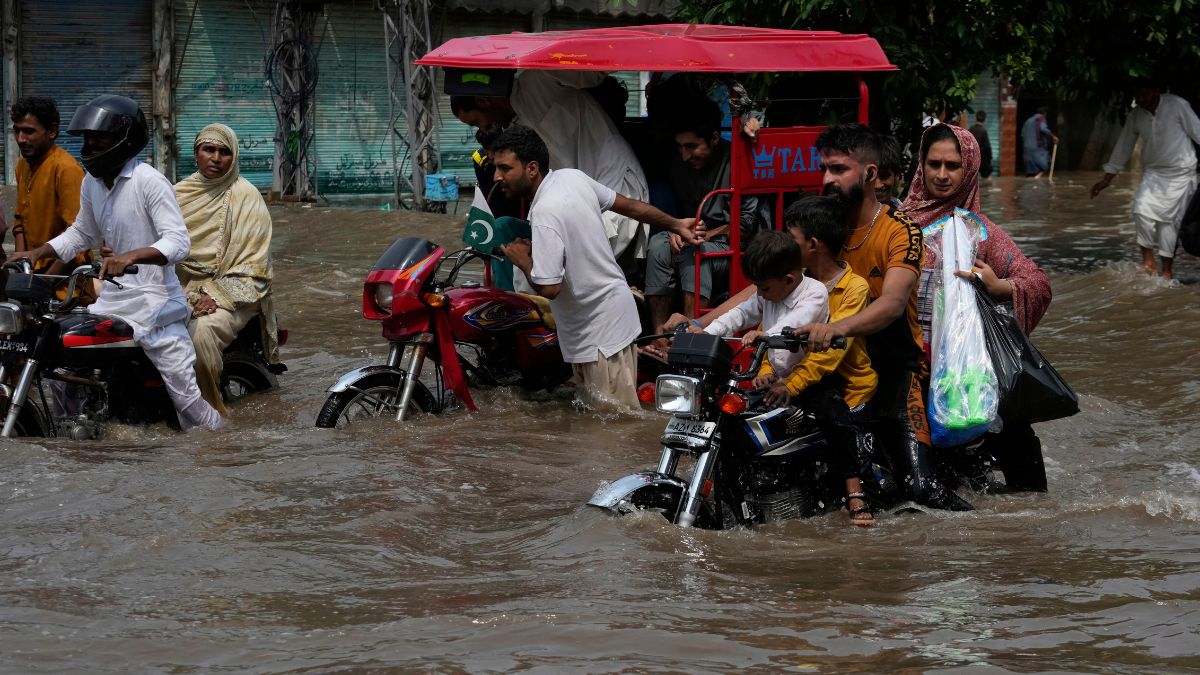More than 120 people have died across Punjab province in the past six weeks as relentless monsoon rains and flash floods continue to batter Pakistan, The Express Tribune reported. Both rural and urban regions remain submerged, with authorities warning that the downpours are likely to persist until at least August 27.
According to the Provincial Disaster Management Authority (PDMA), the risk of riverine flooding, urban waterlogging and flash floods remains particularly high in low-lying areas. Nationwide, the monsoon season has so far left more than 700 dead and nearly 1,000 injured, many of them women and children.
In Punjab, 54 deaths were recorded in the first half of July alone, with numbers continuing to rise in the following weeks.
The deluge has caused extensive destruction to homes and livelihoods. At least 123 houses have been completely destroyed in Punjab, while many others have sustained partial damage, The Express Tribune reported.
More than 2,000 families have been displaced and are currently residing in temporary shelters and emergency camps in Punjab.
Floodwaters have also devastated agricultural areas, submerging hundreds of acres of standing crops and causing severe financial losses for farmers.
The PDMA reported dangerously high water levels in the Sutlej River at Ganda Singh Wala and a medium-level flood at Head Sulemanki, The Express Tribune reported.
The Chenab River is rising rapidly, posing a risk to nearby districts such as Sialkot, Gujrat, and Narowal.
Although the Indus River at Tarbela is currently at a low flood level, officials warned that water releases might be necessary as the reservoir is already at capacity, especially if rainfall continues, The Express Tribune reported.
Impact Shorts
More ShortsIn response, Punjab’s Relief Commissioner and the PDMA Director General have instructed all relevant departments to remain on high alert. Multiple agencies, including WASA, Rescue 1122, and local administrations, along with health, irrigation, agriculture, and transport departments, have been mobilised, The Express Tribune reported.
Personnel and equipment have been deployed in high-risk areas for drainage operations, while flood relief camps continue to support displaced families with shelter, food, and medical care.
With inputs from agencies
)